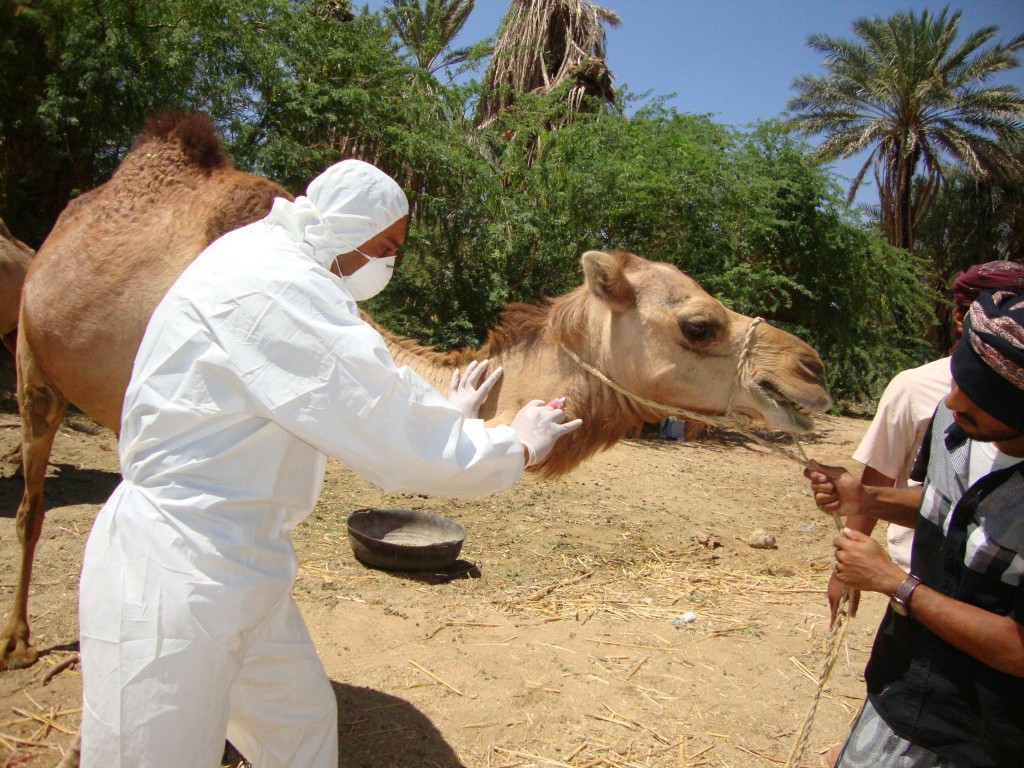Zoonotic transmission: predictive mapping
Barbara Han, a disease ecologist at the Cary Institute of Ecosystem Studies in Millbrook, N.Y., has been working on mapping zoonoses. Drawing on hundreds of studies of emerging zoonotic diseases that come from mammals, she has tracked what classes of creature harbor the most known human pathogens, and where those reservoirs are most likely to be found. The results, published Tuesday in the journal Trends in Parasitology, are complicated and at times surprising. She uncovered no overarching trends in the prevalence of zoonoses, no single factor that health officials can hone in on when pinpointing spots with the potential for an outbreak. But she did identify several classes of animals and regional hot spots to keep an eye on.
 Going into the review, Han had assumed that zoonotic diseases would be focused in the tropics, which have the greatest number of mammal species. “Biodiversity begets biodiversity,” Han said. “That pattern is sort of biogeographical dogma.”
Going into the review, Han had assumed that zoonotic diseases would be focused in the tropics, which have the greatest number of mammal species. “Biodiversity begets biodiversity,” Han said. “That pattern is sort of biogeographical dogma.”
Instead, the number of zoonoses was no greater near the equator than it was anywhere else in the world. Indeed, one of the geographic hot spots Han identified was a band across the sparsely populated global subarctic. Although there were relatively few reservoir species in Alaska, northern Canada and northern Russia, the number of zoonoses there was about the same as in the tropics. This meant that each host was likely to harbor a larger and more diverse set of zoonoses, increasing the likelihood that one could make the jump from animals to humans.
Global hot spots of zoonotic diseases, grouped by mammal type. Other hot spots included Europe, which has a huge population of rodent and small insectivores, and Southeast Asia, which possesses a worrying combination of mammalian diversity and large human population packed into a relatively small land mass.
The research also gives a sense of what sorts of creatures public health experts should be keeping an eye on, and it’s not necessarily the ones you’d expect. Although rodents are the most diverse order of mammals, with more than 2,200 species, they harbored about the same number of zoonotic diseases as the carnivores, which have just 10 percent as many members. The carnivores are also most likely to be reservoirs for disease: Of the 285 member species, almost exactly half carry pathogens that can infect humans.
Read the full media article on The Washington Post website
Read the journal article on Cell.com

